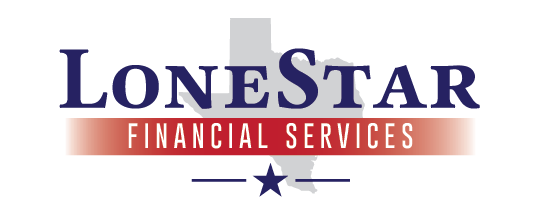The Four Biggest Challenges Retirees Face
Your retirement is the fruit of a lifetime’s hard work. Whatever your ideal retirement is—travelling, spending time with family, pursuing a passion career—you likely don’t want to worry about money. But building a long-lasting and sustaining source of retirement income comes with many challenges. The next generation of retirees will need to address many factors that work against them in maintaining financial independence during retirement.
Here are the four biggest challenges retirees face:
Taxes
Tax liabilities will, of course, differ amongst various accounts and financial products. Depending on what you have, you may be taxed as interest grows or you may only face taxation upon distribution. Without getting too in-depth, the issue is that taxes may erode meaningful portions of your retirement resources. This can become a problem as you stop earning income from work and begin to draw on your retirement funds.
Social Security
Many retirees are surprised to find out that there are instances in which Social Security benefits may be taxable income. Generally, taxation of benefits applies to individuals with additional income, such as wages, interest, dividends and other taxable income (which is reported on your tax return filed each year).
The current thresholds, as found on the SSA website, are as follows:
• Those filing as individuals with $25,000 to $34,000 in taxable income may have up 50% of their Social Security benefits taxed.
• Those filing as individuals with more than $34,000 in taxable income may have up to 85% as their benefits taxed.
• Those filing a joint return with a combined income between $32,000 and $44,000 may have up to 50% of their benefits taxed
• Those filing a joint return with a combined income more that $44,000 may have up 85% of their benefits taxed.
Dividend Income
Gains collected on investments are subject to taxation, even in retirement. Depending on if the gains are ordinary dividends or qualified dividends, you will face different liabilities, with the qualified gains generally receiving more favorable tax treatment.
401(k)/IRAs
Distributions from traditional 401(k)s and IRAs will generally be taxable as ordinary income upon distribution, since contributions are typically made with pre-tax dollars. Additionally, you may be subject to an early withdrawal penalty if you take a distribution before age 59 ½.
Roth IRAs/Roth 401(k)s
Since contributions to Roth IRAs and Roth 401k(s) accounts are made with after-tax dollars, distributions and gains will be, in general, tax-free.
Tax Environment
The tax environment you retire into will affect your retirement funds. If you are a few years away from retirement, you may not retire into a significantly altered tax environment, though it is certainly possible. However, the further you are from your retirement event, the more opportunity there is for changes in the tax environment that will directly impact you.
Longer Life Expectancies
The good news: Americans are living longer. From 1960 to 2010, life expectancy US life expectancy rose nearly ten years, from 69.77 years to 78.54 years. While this means that the US population, on average, has more time in retirement to spend with family or pursue a passion, it also means that retirement income needs to last longer. There is a risk of outliving your money, which is why many consumers seek products that accumulate a cash value or provide guaranteed lifetime income (as is the case with some life insurance policies and annuities that have a lifetime income rider).
One other concern with longer life expectancies is the risk of experiencing a long-term care situation. According to longtermcare.gov, “70% of people turning age 65 can expect to use some form of long-term care during their lives.” Without sufficient long-term care protection, medical costs associated with LTC can exhaust your retirement funds.
Inflation
Your grandparents or parents might delight in telling you how much a candy bar or gallon of milk cost back in their day. The price difference is due to inflation—and you likely have a pretty good understanding of its effects. Things tend to rise in cost over time, and hopefully, so do wages. But this has a drag on purchasing power.
For example, using the US Inflation Calculator (usinflationcalculator.com) we can see that something that cost $100.00 in 1990 would cost $186.53 in 2017. This represents a cumulative rate of inflation of 86.5% over the seventeen years between 1990 and 2017.
Why does this matter for your retirement? Well, depending on what products or accounts you use to build your retirement resources, your purchasing power upon distribution can be dramatically different than when you put the money into the accounts. If your retirement accounts have little or no growth to beat inflation, the real dollar purchasing power you have in retirement can be significantly altered.
Typically consumers have to choose between “safe” financial products (like 401(k), IRAs, CDs, or mutual funds) that have low interest rates or investments that have more growth potential, but with more risk exposure. Some strategies, such as indexed insurance products, work to provide growth potential with guaranteed returns.
Market Volatility
Who remembers the Great Recession? While the economy has improved since then, many consumers took a significant hit to their 401(k)s and IRAs. This matters because the gains needed to recover losses can be significant. Recovering losses takes away from an important resource before and after retirement: time. If it takes you five-ten years to recover losses, you’ve not only lost time, you’ve may have lost purchasing power due to whatever inflation occurs in the time period. And many consumers, as they transition into retirement, don’t have the ability to recover, since they aren’t earning income from work.
